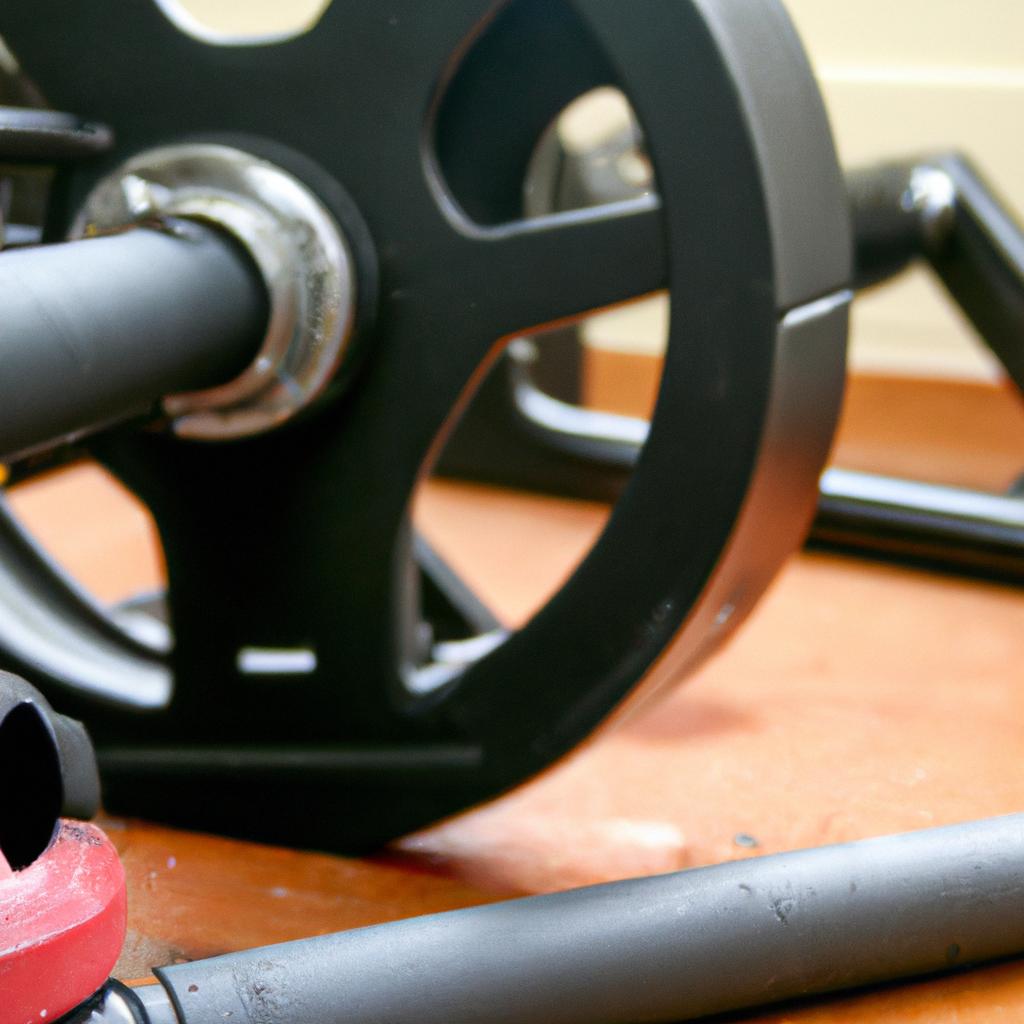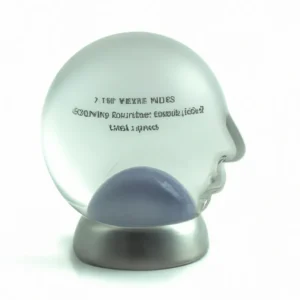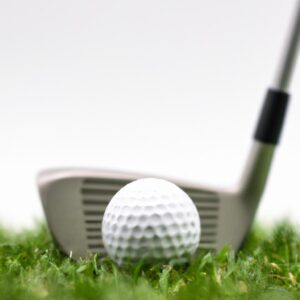**”The Essential Guide to Home Gym Equipment Maintenance: Best Practices for Cleaning, Inspecting, and Extending the Life of Your Gear”**
The Essential Guide to Home Gym Equipment Maintenance: Best Practices for Cleaning, Inspecting, and Extending the Life of Your Gear
Creating a home gym can be an excellent investment in your health and fitness. However, it’s not just about purchasing the latest equipment; maintaining that equipment is equally important. Proper care can extend the life of your gear, ensuring that it remains safe and effective for your workouts. In this guide, we will explore best practices for cleaning, inspecting, and maintaining your home gym equipment.
Why Equipment Maintenance Matters
Maintaining your home gym equipment is crucial for several reasons. First and foremost, regular maintenance ensures your safety. Faulty equipment can lead to accidents or injuries, detracting from your fitness routine. Moreover, well-maintained gear can perform better, allowing for a more efficient workout. Consequently, taking the time to care for your equipment can save you money in the long run, as it reduces the need for repairs or replacements.
The Cost of Neglect
If you fail to maintain your equipment, you may face significant costs. For instance, a treadmill that hasn’t been lubricated may become noisy and inefficient, leading to motor failure. Additionally, neglected weights may rust or degrade, posing safety risks. Therefore, regular inspections and cleaning can help you avoid these pitfalls.
Best Practices for Cleaning Your Equipment
Regular cleaning is essential for maintaining the aesthetics and functionality of your home gym equipment. Dust, sweat, and bacteria can accumulate, which can not only be unsightly but also harmful to your health.
Daily Cleaning Routines
To keep your equipment in top shape, establish a daily cleaning routine. Wipe down surfaces with a disinfectant after each workout, focusing on areas that come into direct contact with your skin, such as grips, seats, and handles. In addition, use a microfiber cloth to avoid scratching surfaces, especially on electronic displays.
Weekly Deep Cleaning
In addition to daily maintenance, aim for a more thorough cleaning once a week. This can include:
– Disassembling parts that are removable, such as weights or pedals, to clean hard-to-reach areas.
– Vacuuming around and underneath large equipment to remove dust and debris.
– Using specialized cleaners for specific materials, like plastic or metal, to ensure they remain in good condition.
By implementing these cleaning protocols, you can protect your investment and create a healthier workout environment.
Inspecting Equipment for Safety
In addition to regular cleaning, inspections are vital for ensuring the safety and functionality of your equipment.
What to Look For
When inspecting your gear, focus on the following areas:
1. **Structural Integrity:** Check for any cracks, loose bolts, or worn-out parts. For instance, weight benches should be sturdy and free from wobbling.
2. **Wear and Tear:** Look for signs of wear on cables, belts, and pads, as these components often bear the brunt of usage. Additionally, inspect the electrical components for frayed wires or loose connections.
3. **Functionality Checks:** Test all moving parts to ensure they operate smoothly. If something feels off, it may need lubrication or replacement.
Frequency of Inspections
Aim to conduct a comprehensive inspection at least once a month. However, if you use your equipment frequently, you may want to increase the frequency to weekly. This proactive approach will help you catch potential issues before they escalate into costly repairs.
Extending the Life of Your Gear
Maintaining your equipment doesn’t just involve cleaning and inspections; it also includes understanding how to use and store it properly.
Proper Usage Techniques
Using your equipment correctly is essential for longevity. For example, avoid overloading weights, as this can strain the equipment and lead to damage. Additionally, follow the manufacturer’s guidelines for usage to ensure you are operating within safe parameters.
Smart Storage Solutions
On the other hand, how you store your equipment can also affect its lifespan. Keep your gym organized and store smaller items, like weights and resistance bands, in a designated area to prevent clutter. Furthermore, protect larger equipment from moisture or extreme temperatures by placing it in a climate-controlled space.
Nutrition Tips for Optimal Performance
While maintaining your equipment is crucial, it’s equally important to fuel your body with the right nutrition for optimal performance.
Hydration is Key
Staying hydrated is vital for effective workouts and recovery. Moreover, proper hydration can also impact how your body responds to exercise, allowing you to get the most out of your home gym.
Balanced Diet
Incorporate a balanced diet rich in proteins, healthy fats, and carbohydrates to support your fitness goals. Consuming the right nutrients will not only enhance your performance but also aid in recovery, allowing you to maintain a consistent workout routine.
Conclusion
In conclusion, maintaining your home gym equipment is essential for safety, functionality, and longevity. By implementing best practices for cleaning, inspecting, and properly using your gear, you can protect your investment and create a more effective workout environment. Moreover, integrating proper nutrition and hydration will complement your fitness efforts, enhancing overall health and performance. Consequently, with a little diligence and care, you can enjoy your home gym for years to come.
FAQ
Why is regular maintenance of home gym equipment important?
Regular maintenance of home gym equipment is crucial for ensuring safety, enhancing performance, and extending the lifespan of your gear. Proper care prevents accidents or injuries, improves the efficiency of workouts, and reduces the likelihood of costly repairs or replacements due to neglect.
What are some best practices for cleaning home gym equipment?
To maintain your home gym equipment, establish a daily cleaning routine by wiping down surfaces with a disinfectant after each workout, focusing on areas that come into contact with your skin. Additionally, conduct a more thorough cleaning weekly by disassembling removable parts, vacuuming around equipment, and using specialized cleaners for different materials. This will help protect your investment and create a healthier workout environment.
How often should I inspect my gym equipment for safety?
It’s recommended to conduct a comprehensive inspection of your gym equipment at least once a month. However, if you use your equipment frequently, consider increasing the frequency to weekly. Regular inspections allow you to assess structural integrity, check for signs of wear and tear, and ensure that all moving parts are functioning smoothly, helping you catch potential issues before they escalate.















Post Comment